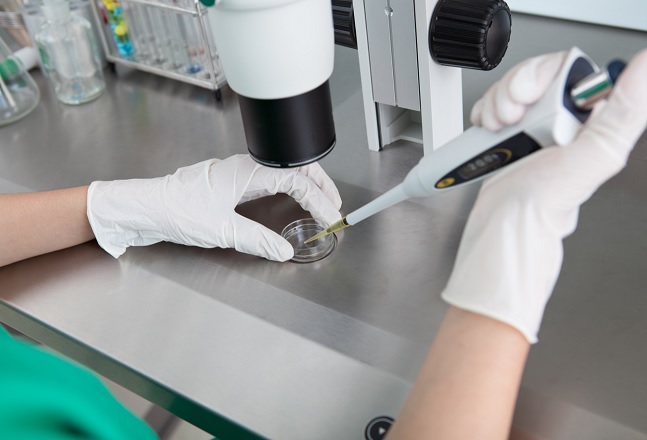We Keep Trying, But We’re Not Getting Pregnant. Is There a Problem? Moving Toward Treatment: Three Fertility Diagnostic Tests for Women
If you’re having trouble getting pregnant, you’re not alone. It happens to a lot of women. According to the Centers for Disease Control, 11 percent of women experience some level of infertility by age 35, while 33 percent are infertile by age 40. The number soars to 87 percent by age 45.

Even if you are diagnosed with fertility issues, you have real help and hope to have a family. Infertility can be treated in many cases and there are fertility treatment options for both women and men. You may wonder, what causes the problems, and how do you find out what to do?
Getting Pregnant (Or Not) 101
Let’s review some basic biology on conception. Everybody knows, the sperm penetrates the egg, and bingo! There’s an embryo. If the embryo attaches to the uterus and grows to term, you have a baby. However, a lot of things can and do go wrong in this scenario if you are a woman:
- Your ovaries may not be producing eggs, or the eggs may not be of good quality.
- Your fallopian tubes, which move the mature egg from your ovaries to your uterus, may have blockages or other issues that prevent the egg’s movement.
- Maybe the egg gets to your uterus and is fertilized (i.e., the sperm does its job), but the fertilized egg can’t implant in your uterus and grow.
There are other potential problems on the male side of all this, which is a topic for another day. There are three preliminary diagnostic tests which help infertility doctors evaluate what’s causing a woman’s fertility problems and determine what fertility treatment options may be best.
Ovarian Reserve Testing
Often blood tests are prescribed to look for indicators of whether your ovaries are producing eggs, if the eggs are of good quality, and how well your ovaries respond to the hormones your brain produces to drive this whole process. The most common test is a blood test for follicle stimulating hormone (FSH) which is drawn on the third day of your menstrual cycle. In addition to the FSH level, your physician may recommend other blood tests, such as estradiol, antimüllerian hormone (AMH), and/or inhibin-B, according to the American Society of Reproductive Medicine.
Hysterosalpingogram (HSG)
This is an X-ray test to check out the fallopian tubes and the uterus, to see if the tubes are open and the shape of the uterus is normal. A liquid containing iodine is injected into the opening of the cervix (the lower portion of your uterus, where it joins the vagina). It outlines the uterus and enters the fallopian tubes, allowing X-rays to show the shape of the uterus and if the liquid can flow through the tubes. The test results will show your fertility doctor whether there are blockages or abnormalities.
Transvaginal Ultrasonography
A technician places an ultrasound probe in the vagina and uses high-frequency sound waves to produce images of your reproductive organs. The probe is covered and lubricated before the technician inserts it, and it produces very clear images to help diagnose fibroids or other issues that may prevent a fertilized egg from implanting.
What Happens Next
When you consult a fertility clinic, the physician may prescribe one or more of these tests before your first visit. These test results, your medical history, and your partner’s test results and medical history, will all figure into your diagnosis and recommended treatment. The first consultation takes some prep time on your part to get the necessary testing done, get copies of your medical records, and bring your insurance cards (if applicable in your state and on your insurance plan.)
 Even if you are diagnosed with fertility issues, you have real help and hope to have a family. Infertility can be treated in many cases and there are fertility treatment options for both women and men. You may wonder, what causes the problems, and how do you find out what to do?
Even if you are diagnosed with fertility issues, you have real help and hope to have a family. Infertility can be treated in many cases and there are fertility treatment options for both women and men. You may wonder, what causes the problems, and how do you find out what to do?


